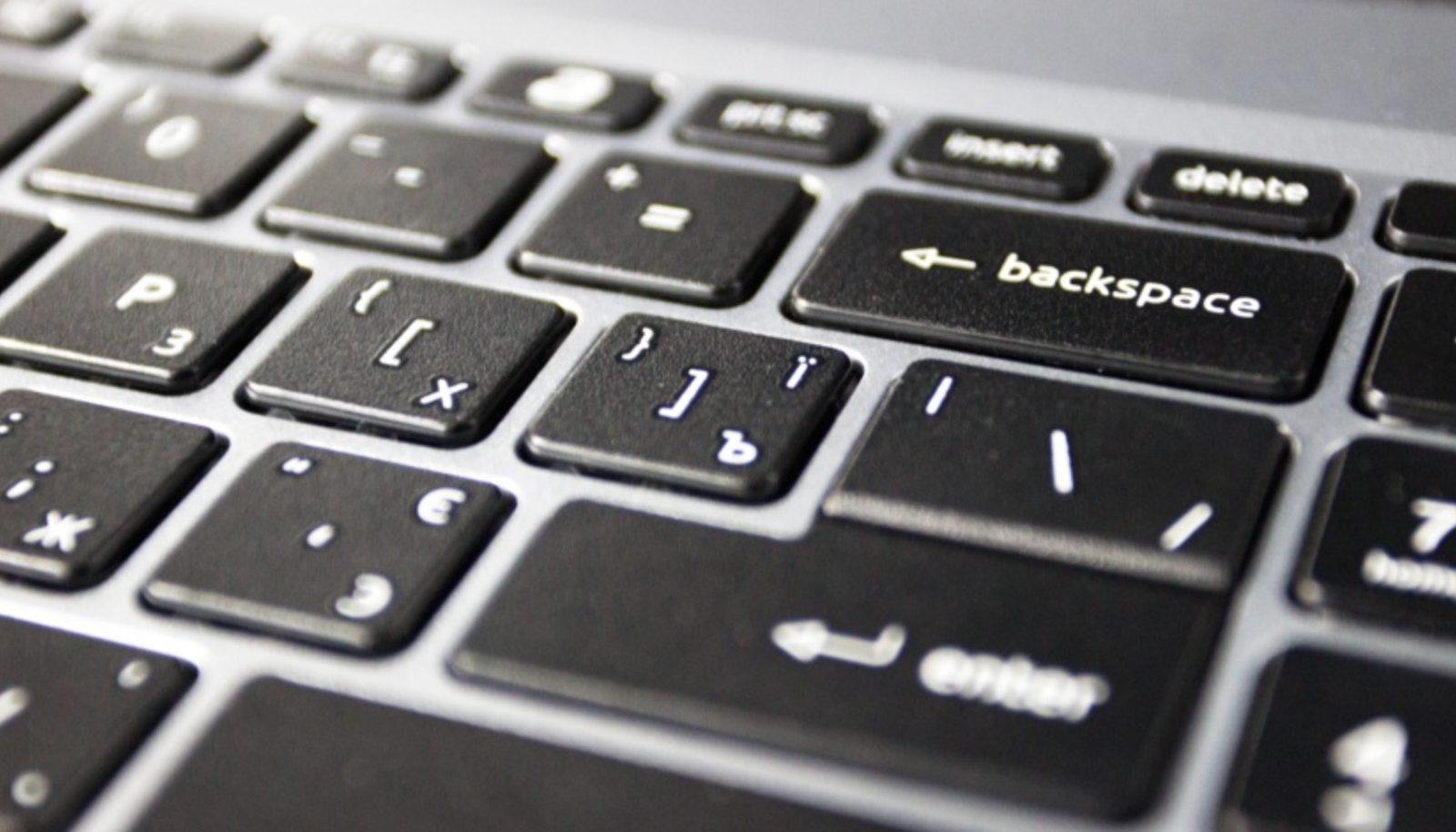If you ever need to fix something on your computer- like changing the boot order, turning on virtualization, or dealing with startup issues- you’ll probably need to get into the BIOS or Boot Menu. The thing is, not every computer uses the same key to access these menus.
Index
There’s No One-Size-Fits-All Key
On desktop PCs, the DEL key is usually what gets you into the BIOS. But with laptops, especially ultrabooks or gaming models, it’s a mixed bag. The key you need can vary a lot – even between different models from the same brand.
Here are a couple of examples:
- On ASUS laptops, it’s often F2
- Acer might use F10
Not sure which key works for your system? Watch the screen when your computer starts up. It usually flashes a message like “Press [key] to enter setup”. If you miss it, just restart and try one of these—chances are, one will work:
- DEL
- ESC
- Enter
- F1 to F12
From what we’ve seen, DEL and F2 are the most common.
BIOS and Boot Menu Keys for Laptops
| Brand | BIOS Key | Boot Menu Key |
| Acer | F2 | F12 |
| ASUS | F2 | Esc |
| Compaq | F10 | Esc or F9 |
| Dell | F2 | F12 |
| Fujitsu | F2 | F12 |
| HP | F10 | Esc or F9 |
| Lenovo | F1 or F2 | F12 |
| NEC | F2 | F5 |
| Samsung | F2 | Esc |
| Sony | F1, F2, or F3 | F11 |
| Toshiba | F2 | F12 |
BIOS and Boot Menu Keys for Desktops
| Brand | BIOS Key | Boot Menu Key |
| ASUS | DEL | F8 |
| Gigabyte | DEL or F2 | F12 |
| MSI | DEL | F11 |
| Intel | F2 | F10 |
| Asrock | F2 | F11 |
| EVGA | DEL | F7 |
| Lenovo | F1 or F2 | F8, F10, or F12 |
| HP | F1 | Esc |
| IBM | F1 | F12 |
| Dell | F2 | F12 |
| Acer | DEL | F12 |
Quick Difference: BIOS vs Boot Menu
- BIOS is where you tweak system-level settings like boot order or turning on features like virtualization.
- The Boot Menu lets you choose a device to boot from just for that session—super handy when you’re installing Windows or booting from a USB.









